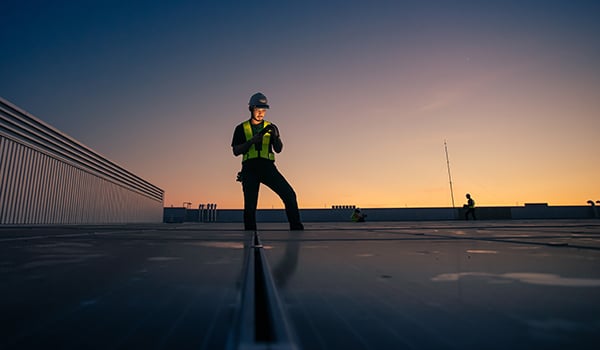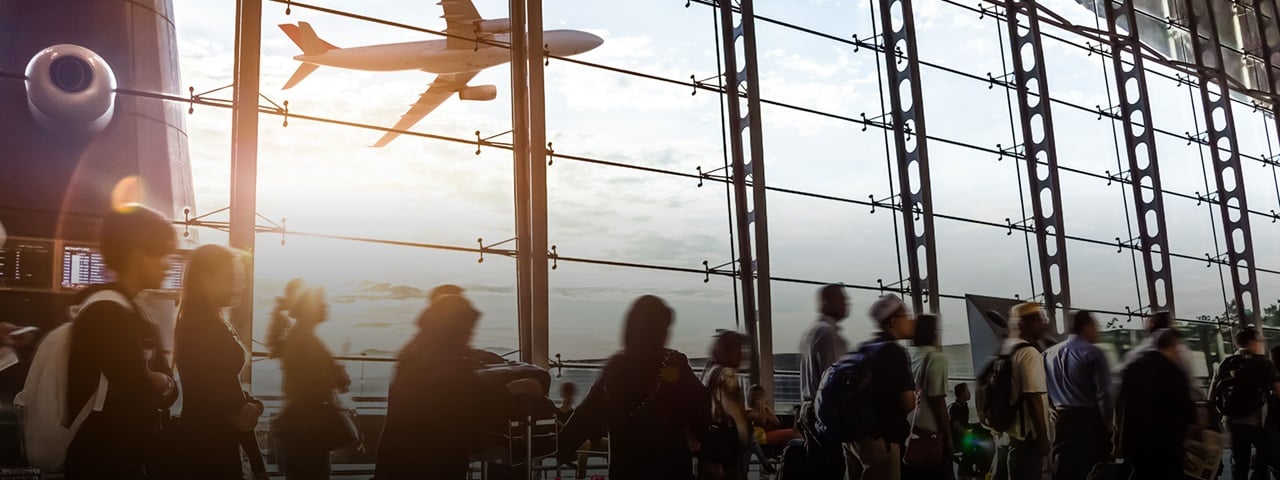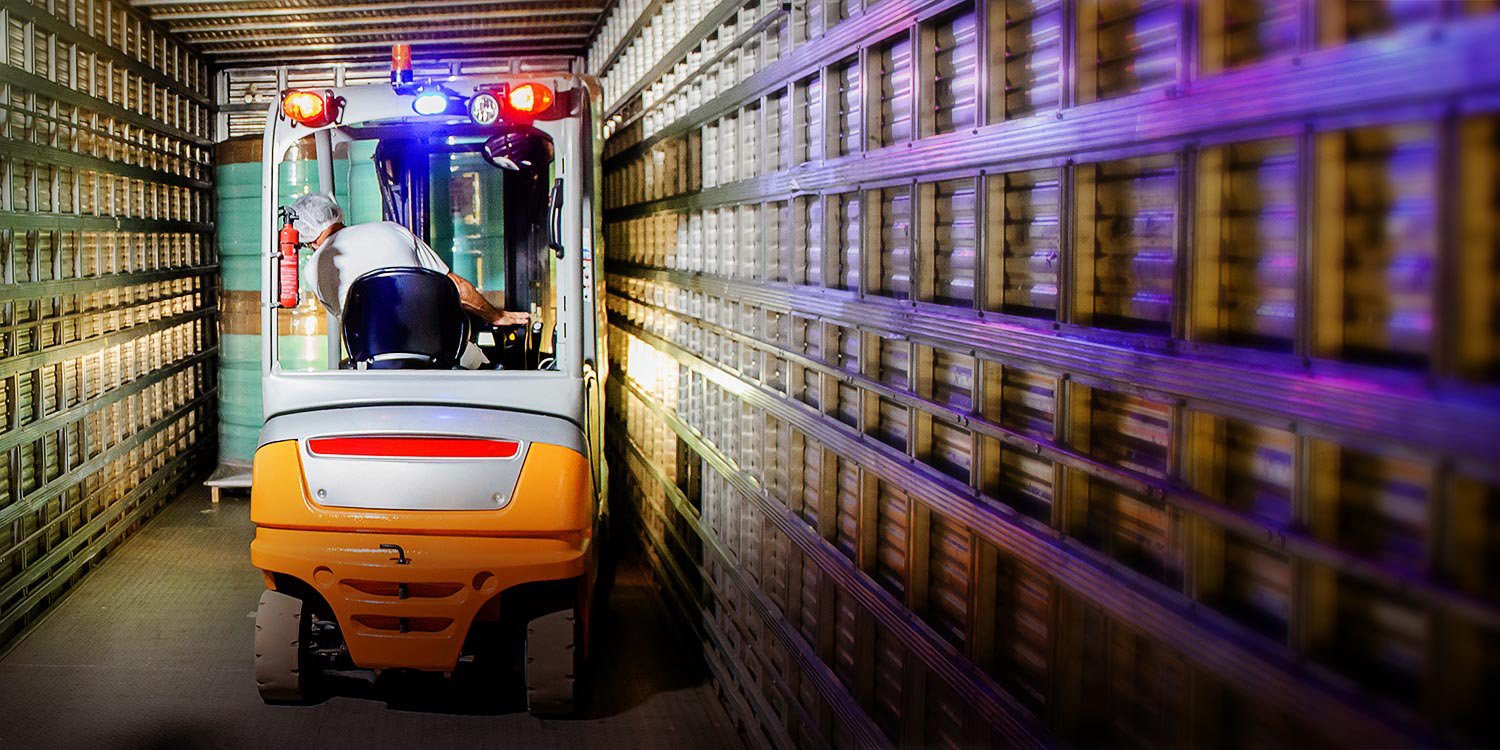
Evolon® The Food Bag
Keep food fresh for longer and reduce waste with Evolon® The Food Bag

October 12, 2025
Keep food fresh for longer and reduce waste with Evolon® The Food Bag

Keep food fresh for longer and reduce waste with Evolon® The Food Bag

Air quality in large cities is significantly improved by plants on roofs and facades. Nonwovens from Freudenberg Performance Materials are helpful in creating long-lasting waterproofing.

From PET bottle to outdoor jacket: PYUA chooses comfortemp® fiberball eco padding from Freudenberg

Evolon encasings from Freudenberg Performance Materials are used at Dhulikhel Hospital in Nepal for allergy sufferers.

Freudenberg Performance Materials shows with the production hall in Taiwan a prime example of how eco-friendly processes and green buildings also help reduce the carbon footprint.

Chronic wounds heal faster with innovative foam-silicone combinations from Freudenberg Performance Materials because they offer more advantages than conventional products.

Acoustics: Soundtex ensures harmony in the Elbphilharmonie

Acoustics: read how Freudenberg contributes to noise protection in airports to reduce the stress of travel.

Innovative and sustainable water saving project in India


Did you drive a car today? Then you can be pretty sure that you were on the road with Freudenberg Performance Materials. Our pioneering solutions not only matter to you but also to the automotive market, because we make driving more cost-efficient, climate-friendly and comfortable. Freudenberg nonwovens can be found throughout the car. Where? Take a look for yourself!